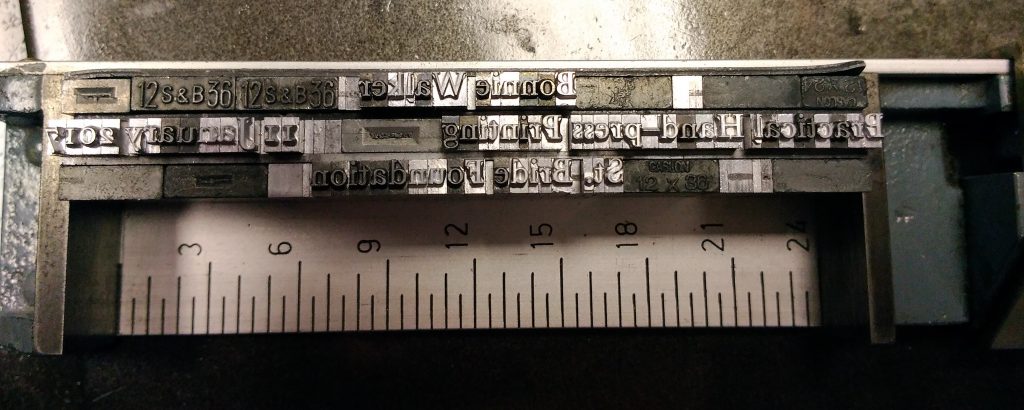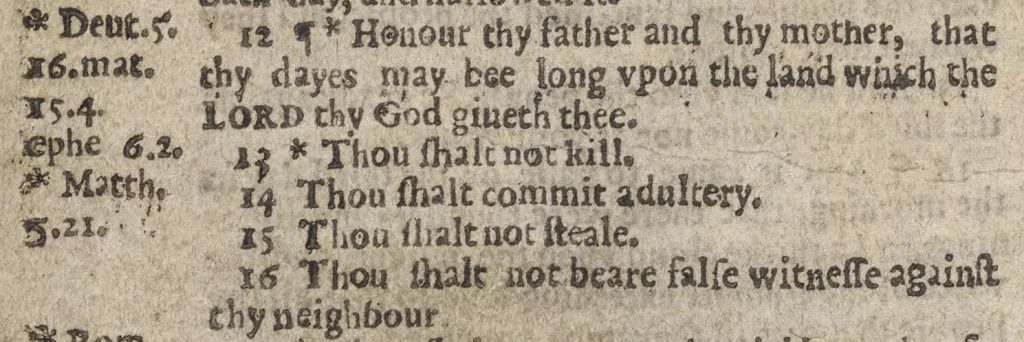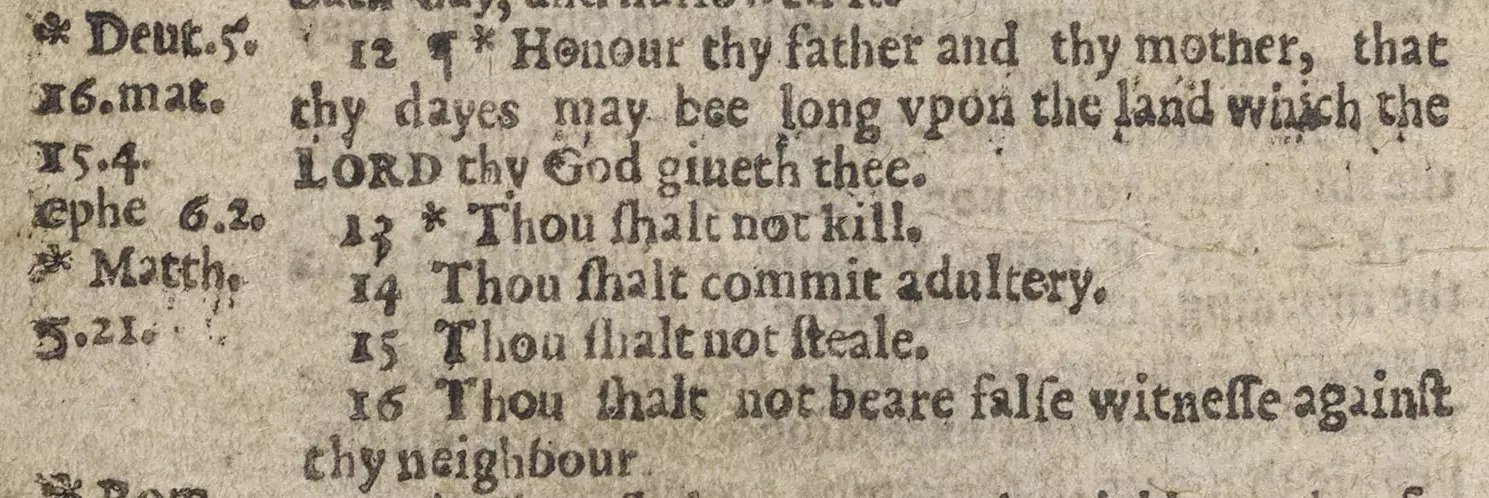Copyediting vs. Proofreading
For the next installment in my series of posts detailing the editing process, I’m going to tackle two types of editing at once. What is the difference between copyediting and proofreading? The terms copyediting1 and proofreading are often used interchangeably. In fact, the two are technically quite different. The easiest way to remember the difference is to understand the origin of each word. To know if you’re ready for copyediting or proofreading, let’s take a look at the etymology of each term.
Editing the Copy
Copyediting comes from the idea of editing the copy. The modern publication terms utilizing the word “copy” all seem to stem from the late 1800s. The Online Etymology Dictionary states that “copy-editor” was first used in 1889.2 The noun “copy” in this case takes Merriam-Webster’s fourth definition: “matter to be set especially for printing” and sometimes “something considered printable or newsworthy.” When you think your manuscript is approaching publication suitability—and to get it the rest of the way there—you call in a copyeditor.
How do you know when you’re ready for this step? Ideally you’ve gone through content editing, and all major structural, thematic, plot, and other big-picture issues have been resolved. At the very least, you have a complete beginning, middle, and end for your book. You’re ready to focus on the sentence level.3
Copyediting focuses on mechanical corrections (spelling, grammar, usage, etc.), consistency, diction, and fact-checking. It is generally more objective than content editing but still leaves some room for individual stylistic interpretation. Copyediting comes in different levels, and a heavy copyedit can approach content editing in its comprehensiveness. Light copyediting is just a step above proofreading. See Amy Einsohn’s Copyeditor’s Handbook for a full breakdown of the levels of copyediting.
When you think all known major and minor changes have been made to your manuscript, your book is ready for formatting. Only after you have a fixed layout should you proceed to proofreading.
Reading the Proof
Proofreading is the editing term most familiar to the layperson. Unfortunately, it is only the last (though by no means least important) in a multi-stage editing process. Where copy editing is editing the copy, proofreading is reading the proof. From the early days of printing, the proof is a “trial impression to test [or prove] type.”4 After the laborious5 process of setting type by hand, the printer would print a test copy to check for typos and other errors. Because the type was set in reverse, printing a test copy was the only way to easily read the text. Proofreading was crucial.

In the modern age, printing a physical copy of the manuscript isn’t strictly necessary (though it is often encouraged). But proofreading is ideally completed after your book has been formatted in its final, printed-page layout—as a pdf, for example. Even a minor modification at this stage can completely alter where line and page breaks need to happen. Implementing proofreading changes can be costly and time-consuming.
Proofreading, therefore, focuses purely on the surface issues: the egregious, objectively wrong errors that have slipped through previous rounds of editing. Some poor proofreader in 1631 probably seriously regretted letting through the infamous typo in the “Wicked” Bible printed by Barker and Lucas.6

Perfection and Error Rates
I just want to slip a quick reminder here that even editors are not perfect. Our brains have an amazing capacity to fill in the blanks. Quite probably the Wicked Bible was proofread. But the proofreader’s brain knew that the commandment was “Thou shalt not commit adultery” and didn’t notice the all-important missing “not.” That said, a trained editor will help you catch more errors than an untrained pair of eyes.
The error rate floating around the publishing industry is 5 percent. A good editor should catch around 95 percent of errors.7 It’s entirely possible that you get a bad editor. But before you panic over the errors in your professionally copyedited book, take a look at how many changes were made. If you’ve found 6 typos, but the editor made 482 changes, you’re doing pretty good. Be glad you found the errors and have a chance to fix them!
Copyediting and Proofreading in Self-Publishing
Traditional publishers provide both copyediting and proofreading (not to mention developmental editing). Still, I believe your chances of getting picked up by an agent or a publisher go up if you’ve had some prior editorial help. And if you’re self-publishing, you’ll definitely need to arrange for copyediting and proofreading on your own. And I personally recommend you hire two different editors, one for each stage. Many editors specialize in one or the other. Beyond that, the more sets of eyes on your manuscript, the better.
One of the reasons you need to hire any sort of editor is because you will have gone through your manuscript so many times that you simply see things that aren’t there (or don’t see things that are). The same can be true of a copyeditor going to proofread. A fresh pair of eyes will catch more mistakes. If your first editor leaves 5 percent of your errors unfixed, hopefully the proofreader will repair 95 percent of those, leaving you with only a quarter of a percent of mistakes.
If you want your self-published book to have a chance of garnering the respect a traditionally-published book gets because of the logo on the spine, you need to hire editors. For the really tight budgets, developmental editing and copyediting can ostensibly be done by the same person. But please don’t skip the proofreading. And don’t skip straight to proofreading if your book hasn’t gone through those previous stages. Your readers will thank you. And your wallet will thank them.
Notes
- Ironically, style guides don’t actually agree on the proper spelling of copyediting. Many professionals regularly use “copy editing.” I like copyediting because I think it’s easier to read and it matches the proofreading word structure.
- And there you go, another perfectly legitimate spelling of the word, though one that is less used now.
- Note that another phrase you’ll hear thrown about is line editing. In this case, I do think that copy editing and line editing can be used more or less interchangeably. The differences between the two are fairly subjective, and they both address sentence-level problems.
- Again see the Online Etymology Dictionary.
- And fun!
- One of these went on sale a few years ago, and The Guardian wrote up a nice article
- The numbers come from a study done at the University of Hawaii in the 90s. I haven’t actually read the study (though I should), so I’m not certain where exactly in it the numbers are. But sources tell me they should be there somewhere!


Good article explaining the differences between copyediting and proofreading! I found it useful as a first time author who found the two processes a little confusing. For other authors who are looking for information about copyediting and proofreading, here is another article that was helpful in outlining the different processes: https://scribewriting.com/copyediting-vs-proofreading/
It’s definitely easy to get the two processes confused. Thank you for the link! The more we can help clarify the different levels of editing, the better 🙂
Pingback: Day 246: Editing Pt. 2 – Dangerous Day Job